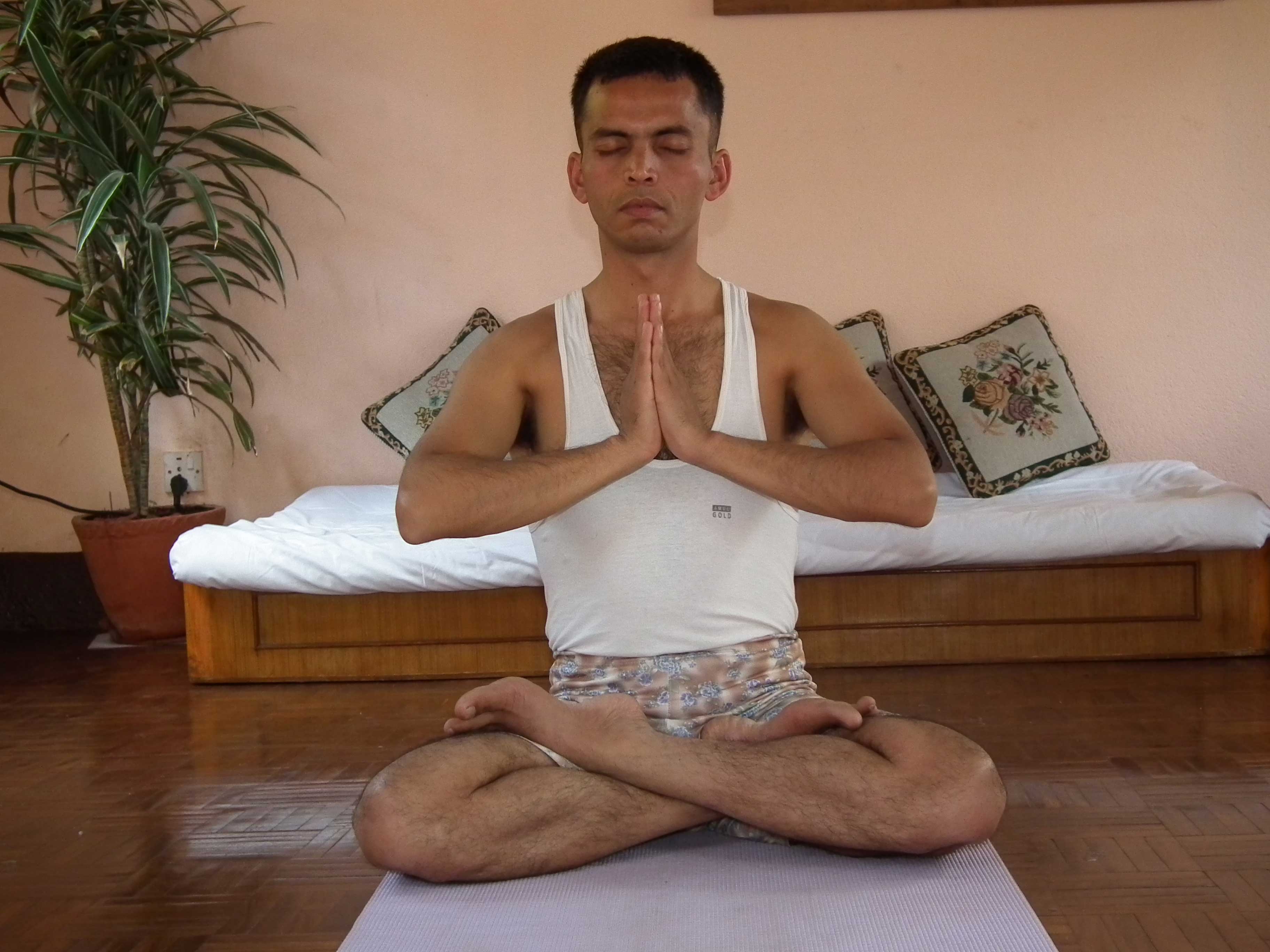1 Aug 2019 HYN Himalayan Yoga Academy
Introduction:The Art of Yoga
Teaching children yoga along with the principles of Fine Art. In this case, drawing and painting is an idea that I am in the process of exploring with the help of some young, eager, and willing volunteers.
This idea grew out of my experience with:
1.The profound effect yoga has had on my work as a painter.
2. A deepening understanding, through personal experiences and the shared knowledge of art educators, of ways in which this principle of drawing and painting can be taught to others, providing them with the tools to express their innate creativity.
3. The imagination of a little six-year-old girl, Sabria, who during a spontaneous session of creative visualization, described this wonderful interior house she saw in her mind made of candy with “sweet water flowing curtains”
On a more subtle level, our dreams speak to us in the language of colourful images. The chakras are energy centers with specific colors and symbolic patterns that influence transformation. Each chakra’s color aligns with a unique vibrational frequency tied to physical and spiritual well-being. These colors and patterns guide healing, balance, and spiritual awakening. We have worlds upon worlds of colour, symbols, and images within us, yet we go through life not having full access to this part of ourselves. There is always an internal beginning with any outward creative expression.

Some of the invaluable yoga practices include:
1. Chanting the mantra ‘Aum’ before starting any project, to acknowledge the presence of the creative power, from where all ideas and inspiration come.
2. Asana and Pranayama, to balance and still restlessness in the body and mind. It is a vital requirement for creative endeavors that demand long hours of being in one place to complete a painting, sculpture, etc.
3. Trataka, so invaluable in helping to develop the concentration and focus needed to perfect sometimes tedious details that are essential to bring the work to completion.
4. Yoga Nindra and Chidakasha dharana, help to clear any psychological blocks that would impede the creative process, while at the same time allowing images, that can be therapeutic or expressed creatively, to surface.
5. Antar Mouna, to help access the wonderful unlimited world of our imagination.
6. Creative Visualization, to help access the wonderful unlimited world of our imagination.
With the help of these and many other yogic practices, the body and mind are prepared to express creativity. Combine this with learning in a simple way such as drawing and painting skills as:
# Exercises to develop proper seeing for drawing purposes.
# Contour drawing, to train the mind to relate to the hand, the subtle change in the shape of an object. Color Mixing, gives ability to mix the exact color you want, without having to depend on buying a particular tube of paint.
# Perspective, to create a three-dimensional depth.
# Negative and Positive space, to create an interesting composition where all aspects of the image support each other as either the dominant or surrounding shape.
With these and other creative tools, it is easier to express outwardly the inner creative stirrings.
The lessons presented here were for the most part created especially in keeping with the theme of the Yogic Magic Carpet Rides, which seeks to facilitate a greater understanding between different cultures.
Yoga may be seen in these lessons as be silent partner, almost in the form of play, but its importance in helping the mind and body to be effective ‘instruments’ in the creative process speaks in a loud voice.
